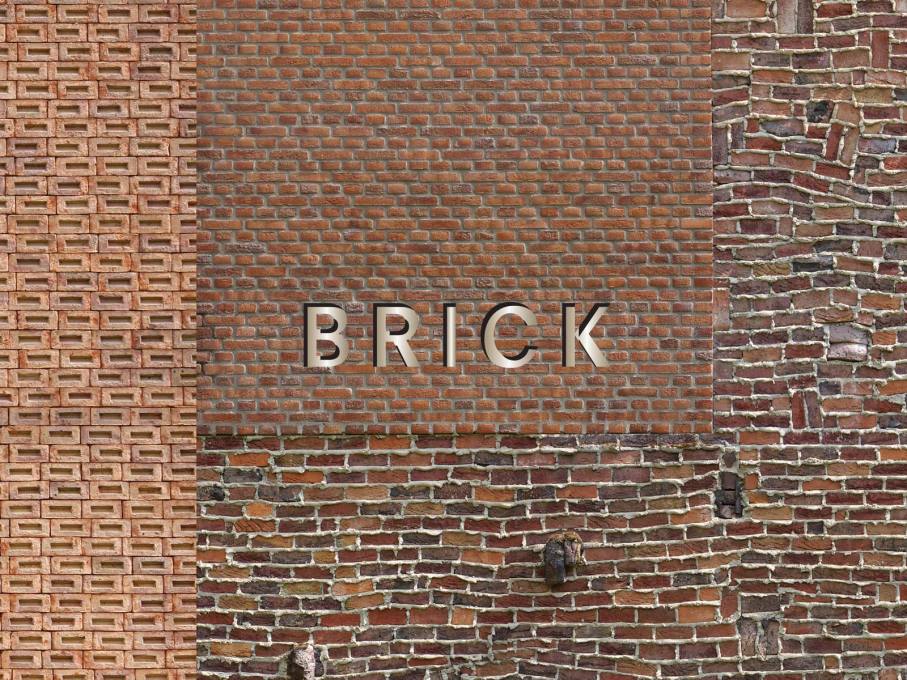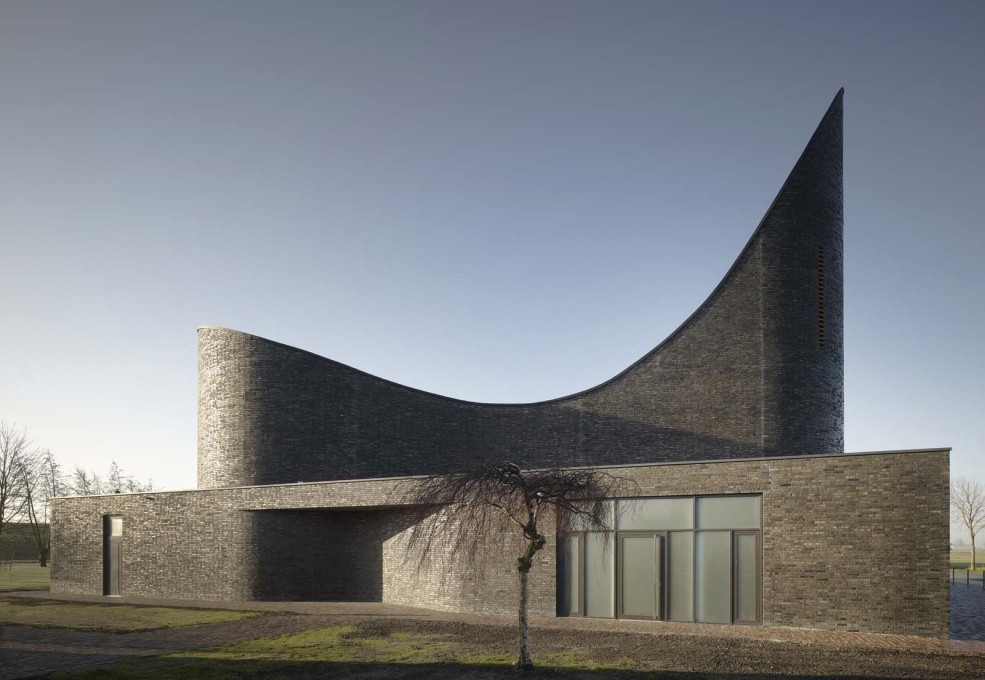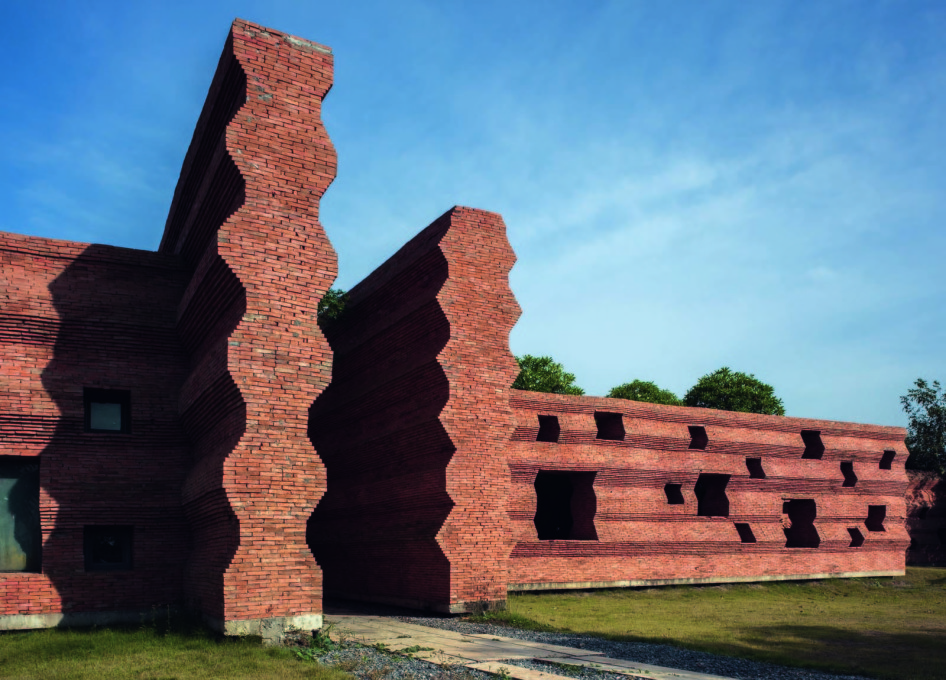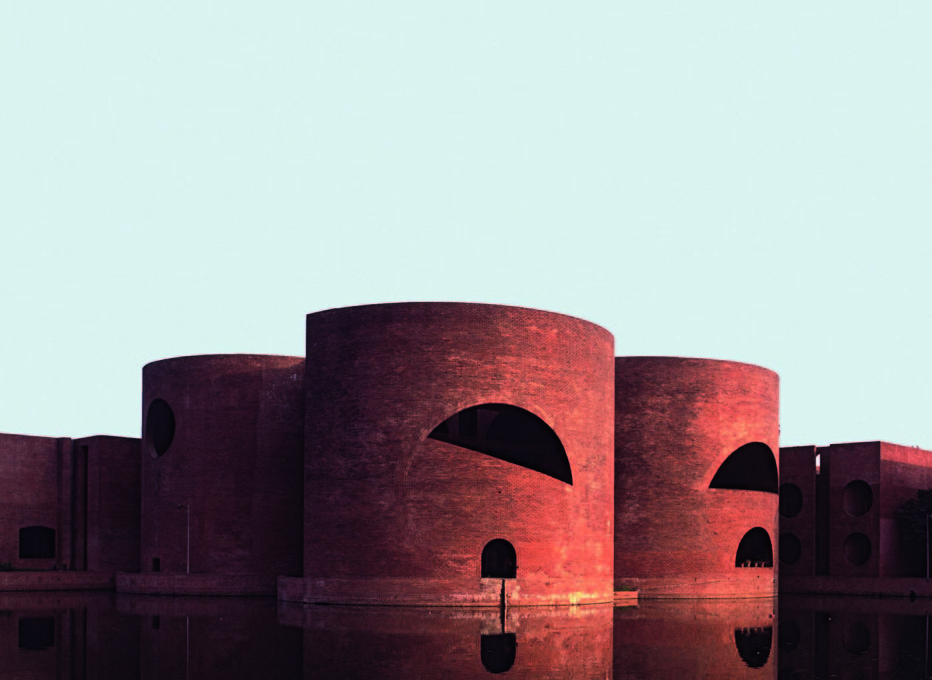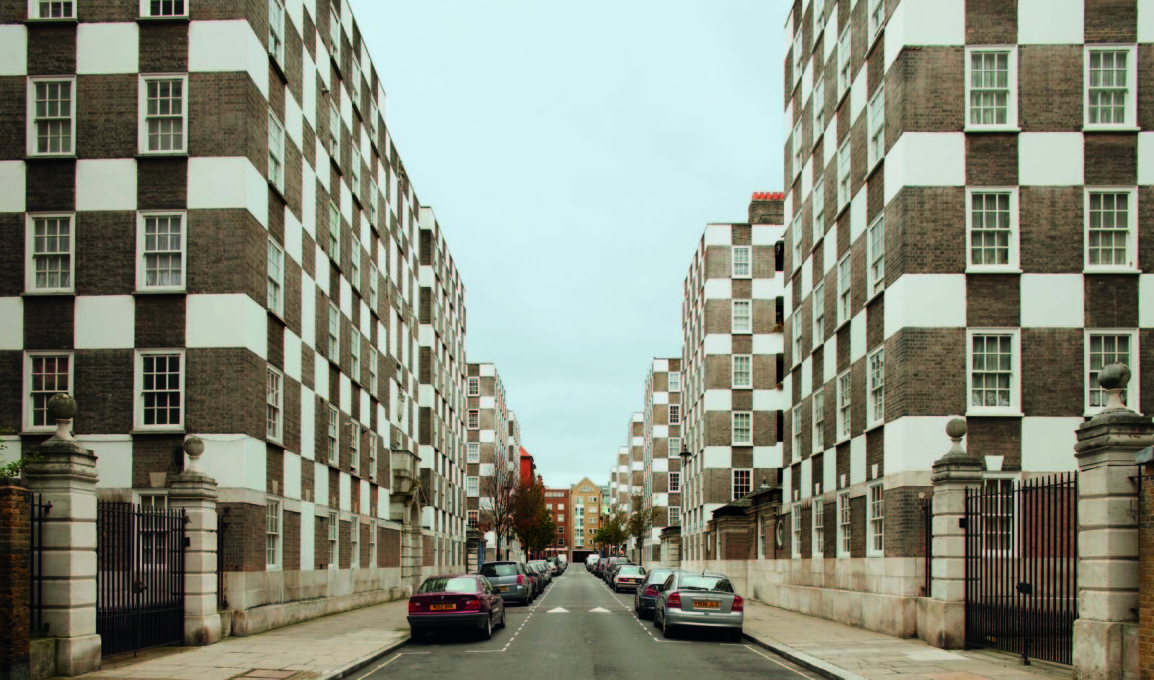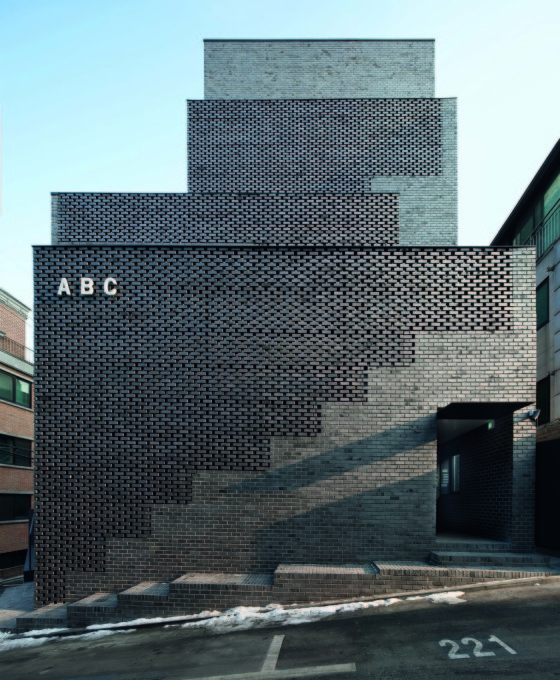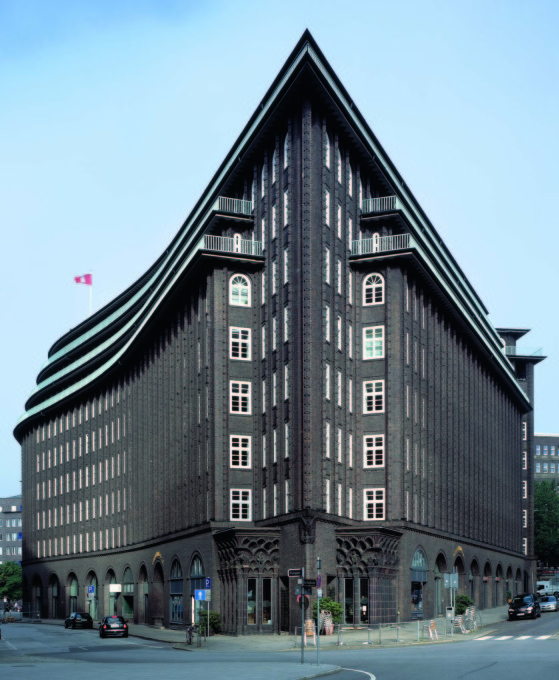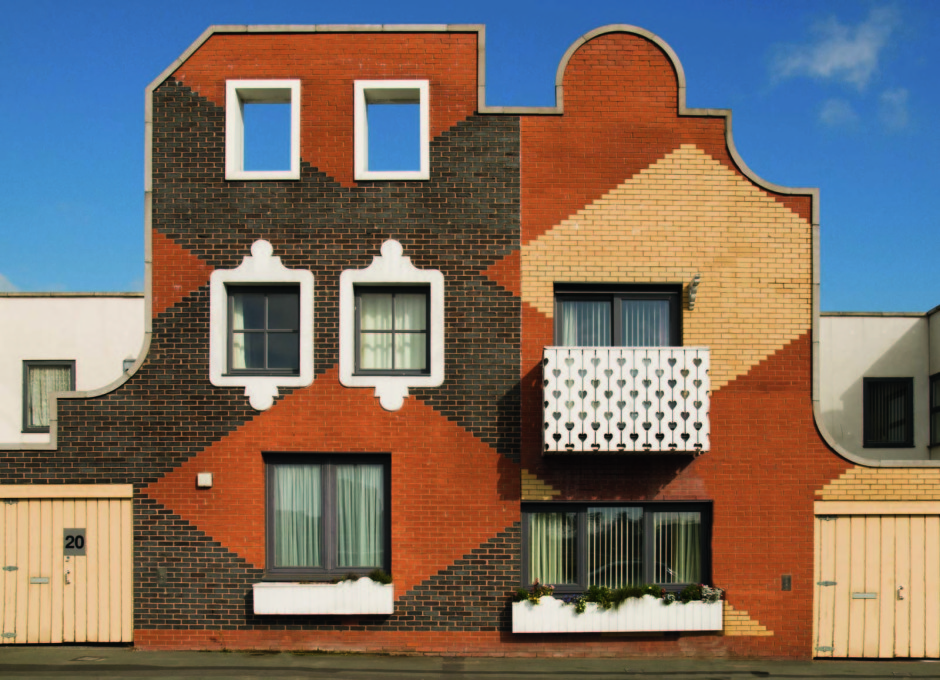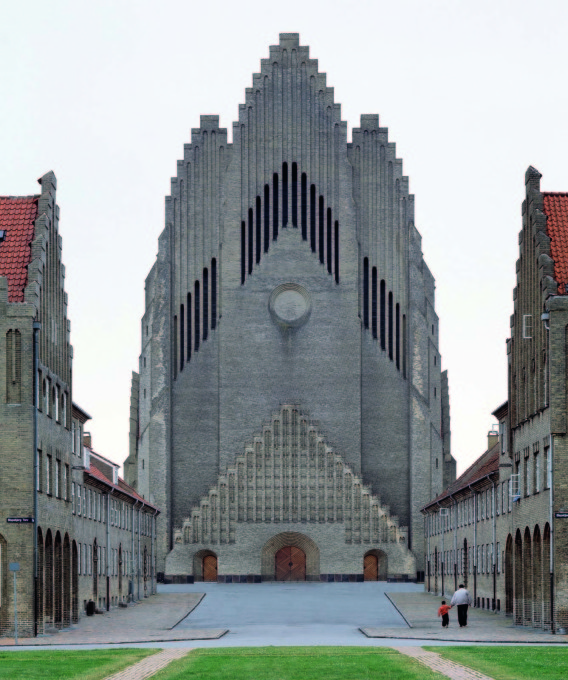To round up our summer of all things brick, it seems fitting to compare notes with someone else who has undertaken a similar modular quest. The London-based graphic designer William Hall, who is also the author of a new book from Phaidon Press entitled simply Brick, has compiled a paper-based further reading list for us and for you, dear readers, about this “hugely underappreciated” building material. Here, uncube presents a selection of striking images from Hall's book as well as his selection and remarks upon four other titles which pay homage to brick and its perennial role in the history of human construction.
The Brick giveaway competition is now closed.
1. La Brique Ordinaire
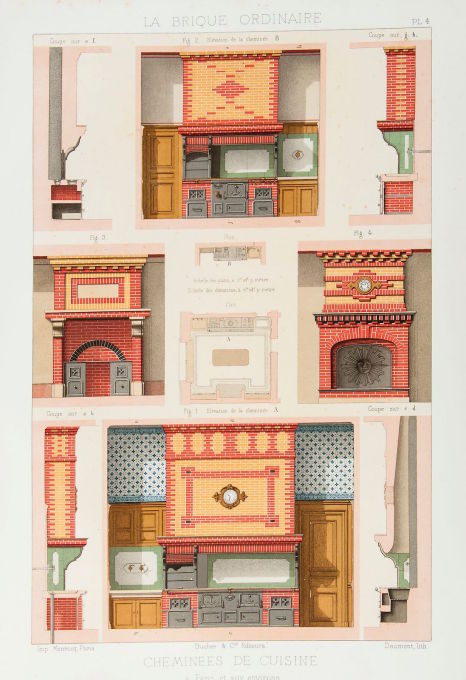
Lacroux’s famous volume is defined by exquisite illustrations of elaborate brickwork, typically on upmarket townhouses and country villas. Many pages feature plans and sections, some collate examples of a specific use of brick, such as “kitchen fireplaces”, but most show simply an elevation or perspective drawing of a single residential building. It is difficult to overstate the beauty of the rendering, or the precision of the detail – each individual brick is legible. The book’s publication in 1878 coincided with the Paris Exposition Universelle and capitalising on the vogue for decorative brickwork in France at the time, the book is part inspirational source book, part technical guide – and now an extraordinary historical document.
La Brique Ordinaire
J. Lacroux
Ducher et Cie Editeurs, 1878
Also available as: David Jenkins “Architectural Brickwork”
Studio Editions, 1992
ISBN: 978-1555216306
2. Bricks and Brickmaking
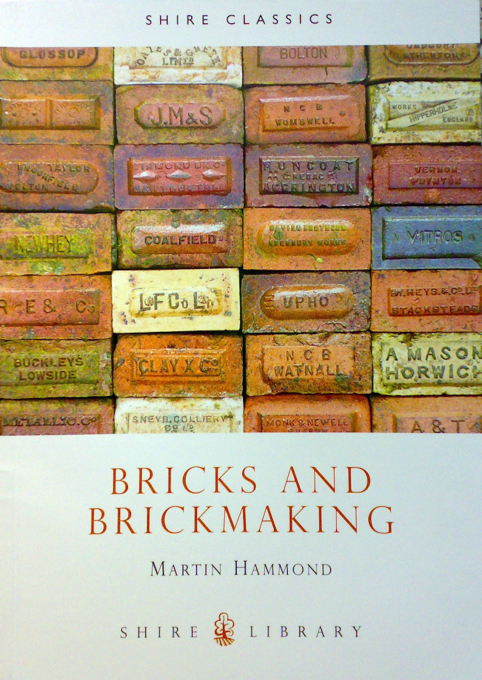
This slim A5 volume is a crash course in how bricks are – and were – made. From clay “winning” (extraction) and preparation to delivery of the finished stock, the succinct text sketches the complete process of brickmaking. The illustrations are of poor quality and the reproduction of my 2012 reprint looks every inch the facsimile it is. But something about its brevity and amateurish presentation appeals: bricks are a just a simple lump of earth, after all.
Bricks and Brickmaking
Martin Hammond
Shire Library, 1981
ISBN: 978-0747800675
3. The Book of the Edwardian & Interwar House
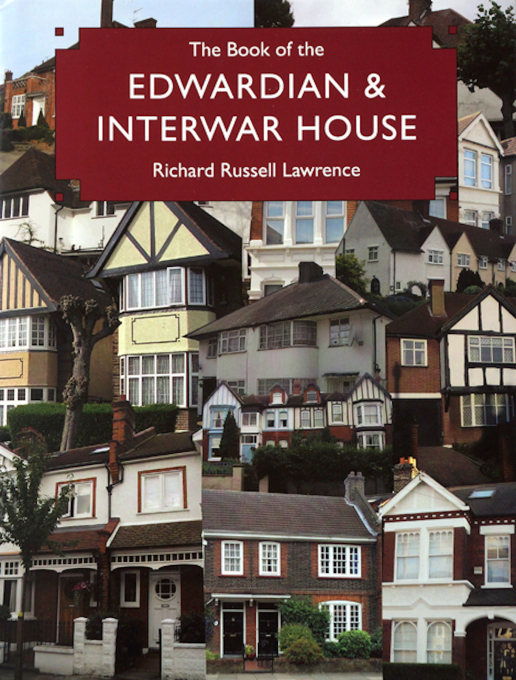
This isn’t about bricks per se, though they feature extensively. The book documents the changing face of British vernacular architecture – especially that of London suburbia – in the first half of the twentieth century. Visually it is a thoroughly amateurish production (albeit a soundly manufactured one). Yet it’s a fantastic book in a form that I relish. It’s clearly made by a hobbyist author (I don’t mean that in a pejorative sense, there’s just no way that such a book could exist without years of unpaid research and collecting). And there’s directness to the scrapbook presentation which gives it proximity and realism.
The Book of the Edwardian & Interwar House
Richard Russell Lawrence
Aurum, 2009
ISBN: 978-1845133405
4. Brick: A World History
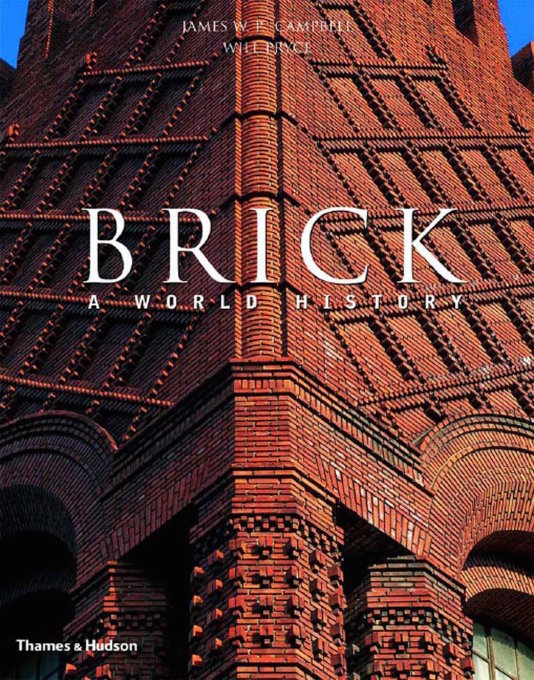
This impressive and erudite chronological survey attempts to cover the history of brick from ancient civilization to the present day, with single page contextual introductions that are followed by short thematic essays. It is a lively way to cover a lot of information, from individual architects – “Thomas Jefferson and the architecture of Independence” – to historical topics such as “Post-war mass housing”, as well as the technical aspects of brick manufacture. Aside from a handful of drawings, the book is illustrated with new photos from Pryce, lending it a handsome continuity. Overall structures are depicted alongside details of brickwork of such forensic textural detail you almost feel you can reach out and touch them.
Brick: A World History
James W. P. Campbell and Will Pryce
Thames & Hudson, 2003
ISBN: 978-0500341957
– William Hall trained as a graphic designer at Central Saint Martins in London and began his career in the office of the minimalist architect John Pawson. Hall now runs his own design practice in London, working with clients such as Calvin Klein, MoMA and Tate. William is the author of Concrete (Phaidon, 2012), and Brick (Phaidon, 2015).
www.williamhall.co.uk
Brick
by William Hall
Phaidon‚ March 2015.
€39.95‚ ISBN: 9780714868813
www.phaidon.com




